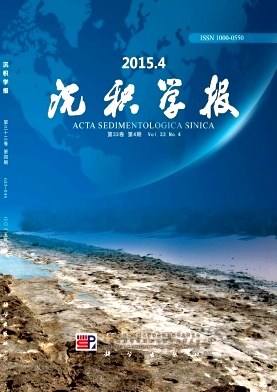Sedimentary Evolution and Sand-Body Distribution of Holocene Period, Barrier-Coast Delta, Chaoshan Region
doi: 10.14027/j.cnki.cjxb.2015.04.009
- Received Date: 2014-06-04
- Rev Recd Date: 2014-09-03
- Publish Date: 2015-08-10
-
Key words:
- Hanjiang delta /
- barrier coast /
- barrier-lagoon system /
- sand-body distribution /
Abstract: Since the Holocene, the barrier coast depositional system, and the special barrier-coast delta formed in this environment extensively development in south China coastal. Based on the modern geological investigation in the Chaoshan region, and summarizing the former researches, we found that evolution of Hanjiang delta in this region mainly affected by sea level change, the development of barrier-lagoon system, the ability of river transportation, and clarified evolution characteristics of delta and regularity of sand-body distribution in different periods. Then, combined with the developmental characteristics of Luohe delta and Wanning Xiaohai, the evolution of barrier-coast delta can be divided into three stages: formation period, the barrier-lagoon system formed, delta began to develop in the lagoon; development period, with the high stability of the lagoon water, the delta rapidly prograde, at the same time, the barrier bars migration to the sea; reforming period, lagoon disappeared gradually, sediments began to deposit on the outside of barrier bars, delta seaward progradation; Finally, the barrier-coast delta depositional model has been established in the Chaoshan region, and the former period controlled by fluvial in the lagoon, the later period influenced by variety of dynamic interaction out of the barrier.
| Citation: | LI XiaoLu, YU XingHe, TAN ChengPeng, DU YongHui, SHAN Xin, WANG ZhiXing. Sedimentary Evolution and Sand-Body Distribution of Holocene Period, Barrier-Coast Delta, Chaoshan Region[J]. Acta Sedimentologica Sinica, 2015, 33(4): 706-712. doi: 10.14027/j.cnki.cjxb.2015.04.009 |






 DownLoad:
DownLoad: